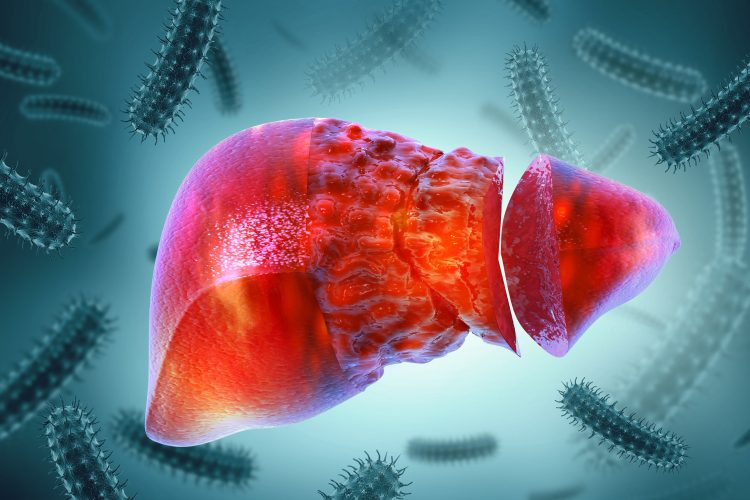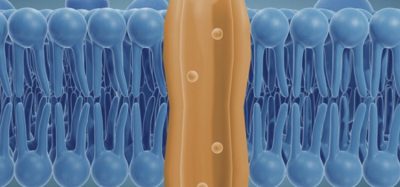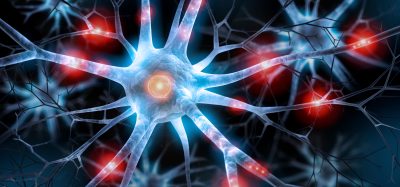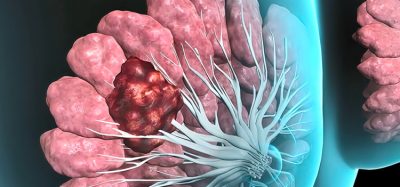New liver organoids research brings hope for drug development
Posted: 30 April 2025 | Drug Target Review | No comments yet
Researchers at Keio University have developed long-lasting, functional human liver organoids from frozen hepatocytes, marking a huge moment in organoid science.


Replicating the complexity of the human liver has long been one of the greatest challenges in organoid research. While scientists have successfully developed miniature models of many organs, the liver’s intricate functions and high energy demands have made it particularly difficult to recreate in the lab. Now, new research from scientists at Keio University School of Medicine in Japan have created functional, proliferating human liver organoids from cryopreserved cells that may help to reshape liver regeneration and disease research.
The challenge of growing liver organoids
In typical lab conditions, hepatocytes, the liver’s main working cells, struggle to survive and function. They often transform into cholangiocyte-like cells (which line the bile duct), and their hepatic functions rarely last beyond one to two weeks. “When prioritising growth and survival, hepatocytes lose their identity,” explains stem cell researcher Toshiro Sato. This limitation has hindered progress in creating liver organoids that truly mirror human physiology.
A game-changing growth signal
Led by Ryo Igarashi and Mayumi Oda, the research team developed hepatocyte organoids from cryopreserved adult human hepatocytes, cells that were directly harvested from patients and stored for future use. By treating these cells with oncostatin M, a signalling protein involved in inflammation, they unlocked huge growth: a million-fold proliferation of organoids, sustained for over three months and with functionality retained for up to six months.
“We only know a few molecules that unlock a stem cell’s potential to grow into organoids and proliferate,” says Sato “This one is brand-new and opens up opportunities for developing new types of organoids that researchers have struggled to create.”
Restoring liver functions in preclinical models
The researchers also pioneered a hormone-based method for inducing differentiation, prompting the cells to resume full liver functions. The matured organoids produced key liver compounds such as glucose, urea, bile acids, cholesterol, triglycerides, and albumin, which is a vital blood protein. Remarkably, albumin levels reached near-human equivalents, surpassing previous benchmarks. The organoids also developed bile canal-like networks, demonstrating sophisticated structural features.
When transplanted into mice with damaged livers and suppressed immune systems, the human hepatocyte organoids began replacing the mice’s liver cells and restored liver function. This is a critical step toward future therapeutic applications.
A step toward scalable liver regeneration
Liver transplants are in high demand but severely limited due to donor shortages and the rapid degradation of harvested organs. Cryopreserved hepatocytes have shown some promise, but they often lose viability. The success of this organoid method could mean that turning frozen cells into living, functional organoids may revitalise their regenerative capacity, offering a new strategy for organ repair.
To regenerate a human liver, organoid growth has to scale up to thousands of millions, because the human body is larger.
“Our study demonstrated that liver organoid transplants can be successful in mice,” says Sato. “But to regenerate a human liver, organoid growth has to scale up to thousands of millions, because the human body is larger. If realised, this approach could be a game-changer for patients awaiting transplantation.”
Better models for research and drug development
Beyond transplantation, the breakthrough offers immediate benefits for liver disease modelling and pharmaceutical testing. Traditional human hepatocytes, costing up to $2,000 per vial, lose their function within days and vary significantly in quality. In contrast, hepatocyte organoids are more cost-effective, reliable, and long-lasting.
In the study, the organoids naturally produced fats, which disappeared after being treated with drugs targeting metabolic dysfunction-associated steatotic liver disease (MASLD), providing a more accurate disease model than traditional lipid-injection methods. The team also succeeded in gene-editing the organoids to mimic ornithine transcarbamylase deficiency, a rare genetic disorder, highlighting their potential for studying inherited liver diseases.
Looking ahead
The next frontier, according to Sato, is expanding the proliferation scale even further and incorporating other types of liver cells to make organoids more representative of actual liver tissue. This could amplify their usefulness in regenerative medicine, toxicology testing, and personalised treatments for liver disease.
With this advancement, liver organoids are no longer just an intriguing lab tool, but are quickly becoming a real-world solution for some of medicine’s most pressing challenges.
Related topics
Cell Cultures, Cell Line Development, Disease Research, Drug Development, Genetic Analysis, Hepatocytes, Organoids, Regenerative Medicine
Related conditions
Liver disease
Related organisations
Keio University School of Medicine








